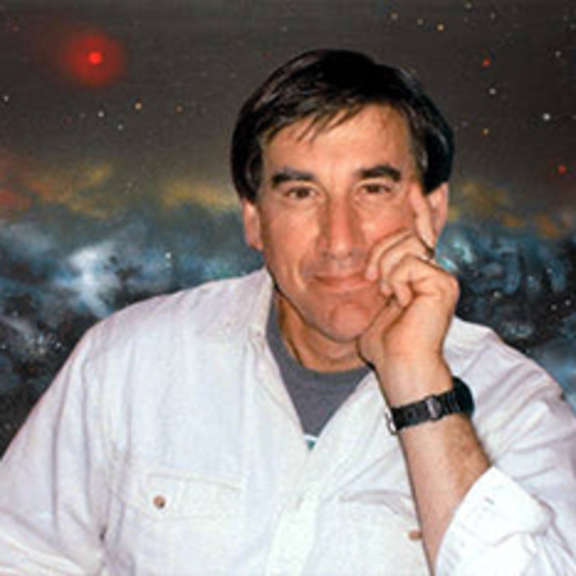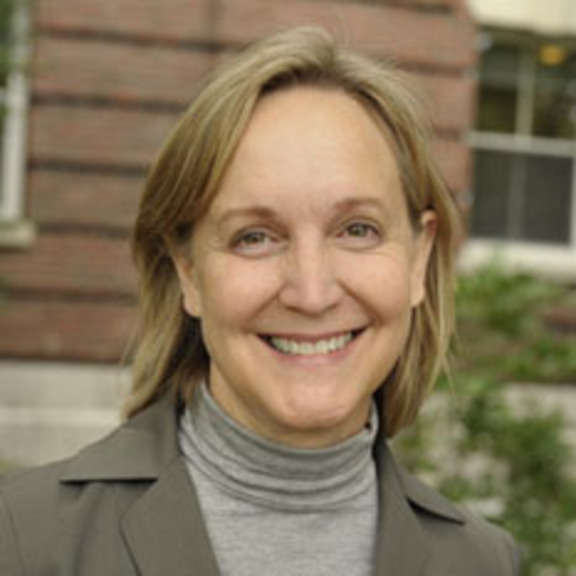Since 2002, Planetary Radio has visited with a scientist, engineer, project manager, advocate, or writer who provides a unique perspective on the quest for knowledge about our Solar System and beyond. The full show archive is available for free.
Search Planetary Radio
LightSail, the Planetary Society’s innovative solar sail cubesat, will ride into space on the huge SpaceX Falcon Heavy, now in development. Bill Nye and others join us for a live celebration of this announcement.
Cornell grad student Jason Hofgartner reports on the discovery of what appears (and disappears!) to be an island on one of Titan’s frigid lakes.
There’s so much we don’t know about the origin of life here or anywhere else in the universe. But there must have been an energy source. Researcher Laurie Barge led work that simulated the natural formation of a fuel cell that may have taken place in Earth’s primordial oceans.
Kepler-186f is the very first exoplanet that is both the size of our own world and in the habitable zone surrounding its star. SETI Institute scientist Elisa Quintana is lead author of the paper announcing its existence.
Finally found: an Earth-sized planet in the habitable zone. You’ll hear lead scientist Elisa Quintana make the announcement. Then OSIRIS REx mission Principal Investigator Dante Lauretta will tell us how the spacecraft will return a sample of material from the birth of the solar system.
Astronomers Jay Pasachoff and Alex Filippenko join us for a conversation about their newest version of their monumental textbook,
A burst of laser light could let humanity know it is not alone in the universe. Harvard’s Paul Horowitz and Curtis Mead will give us an update on the technological wonder of Optical SETI that watches the entire sky for billionth of a second pulses from the stars.
Carl Sagan’s longtime artistic collaborator, Jon Lomberg, designed the cover for the Voyager Interstellar Record. Now he wants to upload another message from Earth to New Horizons, the spacecraft on its way to Pluto.
There’s a place to go when you find a space rock headed our way, or headed any which way. Tim Spahr directs the Minor Planet Center, the global clearinghouse for all information about asteroids, comets and other relatively small bodies like moons.
The last installment of our Planetary Defense Conference coverage makes a deep impact as hundreds of attendees participate in an asteroid mitigation exercise. You’ll hear from astronauts Ed Lu and Rusty Schweikart, Near Earth Object expert Don Yeomans, Cathy Plesko of the Los Alamos National Laboratory and many more.
Our special coverage of the PDC continues with two planetary scientists separated by almost 60 years in age, but with similar dedication and enthusiasm for saving the planet.
Chris Lewicki is the passionate President of Planetary Resources. He leads the company's mission to find, capture and deliver asteroids to its space-resource hungry clients.
The 45-meter Near Earth Asteroid flies by on February 15. NASA brought together asteroid experts to discuss it and others of its threatening kind.
Spain’s La Sagra Observatory discovered Asteroid 2012 DA14 just a year ago. Now it’s nearing Earth once again. Jaime Nomen of La Sagra is back to prepare us for this very close flyby.
Yale Professor of Astronomy Debra Fischer is one of our planet’s most successful discoverers of exoplanets. She has set her sights on Alpha Centauri, where she hopes to find a Earth-sized world in the habitable zone: not too hot, not too cold for life.
Planetary Society experts review the challenges and triumphs of 2012 and look forward to a new and exciting year. You’ll hear Bill Nye the Science Guy, Emily Lakdawalla on new missions, Casey Dreier on “Saving our Science,” and Bruce Betts’ review of great projects, as well as a musical rendition of “Random Space Fact.”
It’s called PlanetVac, and it’s an amazingly simple way to collect a soil sample on Mars. Or on the moon. Or on an asteroid. We’ll learn about it from Kris Zacny of Honeybee Robotics.
The Planetary Society's Bruce Betts provides an overview of the Shoemaker NEO grant program, and we meet two dedicated grant recipients.
After decades of mystery and investigation, after the recovery of gigabyte after gigabyte of data stored in obsolete computer formats, the whatdunit surrounding Pioneers 10 and 11 has finally reached its conclusion.
Yale exoplanet hunter Debra Fischer is about to begin looking for worlds in the star system that is nearest to Earth. She'll tell us about new technology enabling this effort, and how you can join the search.


 Explore Worlds
Explore Worlds Find Life
Find Life Defend Earth
Defend Earth


















